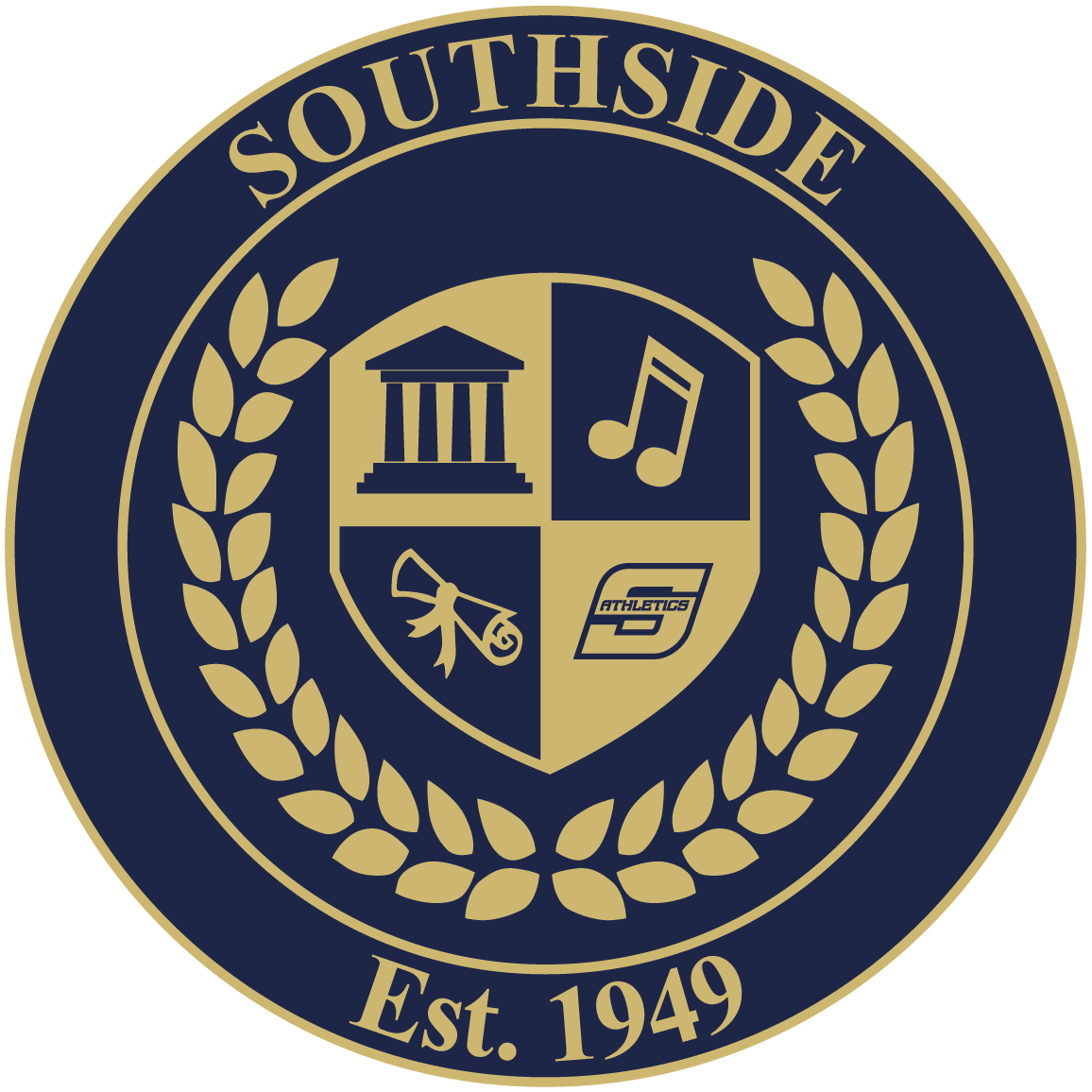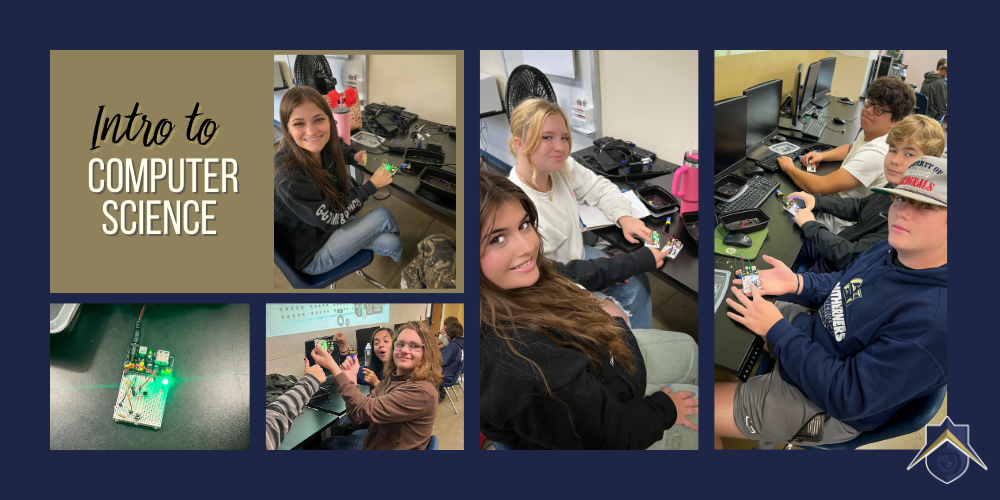Students in Mr. Brian Luetschwager’s Intro to Computer Science classes have been busy exploring how computers really work. Over the past few weeks, they’ve been building logic gates—tiny circuits that act like switches, turning information “on” or “off.” Logic gates may seem simple, but they are the building blocks behind everything a computer does.
As students worked through their circuitry projects, many began to realize just how much math and science go into computers and how small steps can add up to something powerful. The hands-on projects helped the students see the connections in a way that felt more engaging than just reading from a textbook.
After completing their circuitry projects, the class moved into studying binary and hexadecimal number systems. Binary is the language of computers, using only 0s and 1s, while hexadecimal is a shorthand way of making long strings of numbers easier to understand. At first these new number systems felt challenging, but as students practiced, the concepts started to come together and make sense.
This careful, step-by-step approach is giving students the confidence and background knowledge they need before beginning their first programming language of the year. Many are excited to see how the circuitry and coding concepts will connect once they dive into programming.
Through hands-on projects and real-world connections, students are not only learning how computers work but also building problem-solving and critical thinking skills that will serve them well in the future.

